
How to Use Adafruit 16x8 LED Matrix Backpack White: Examples, Pinouts, and Specs
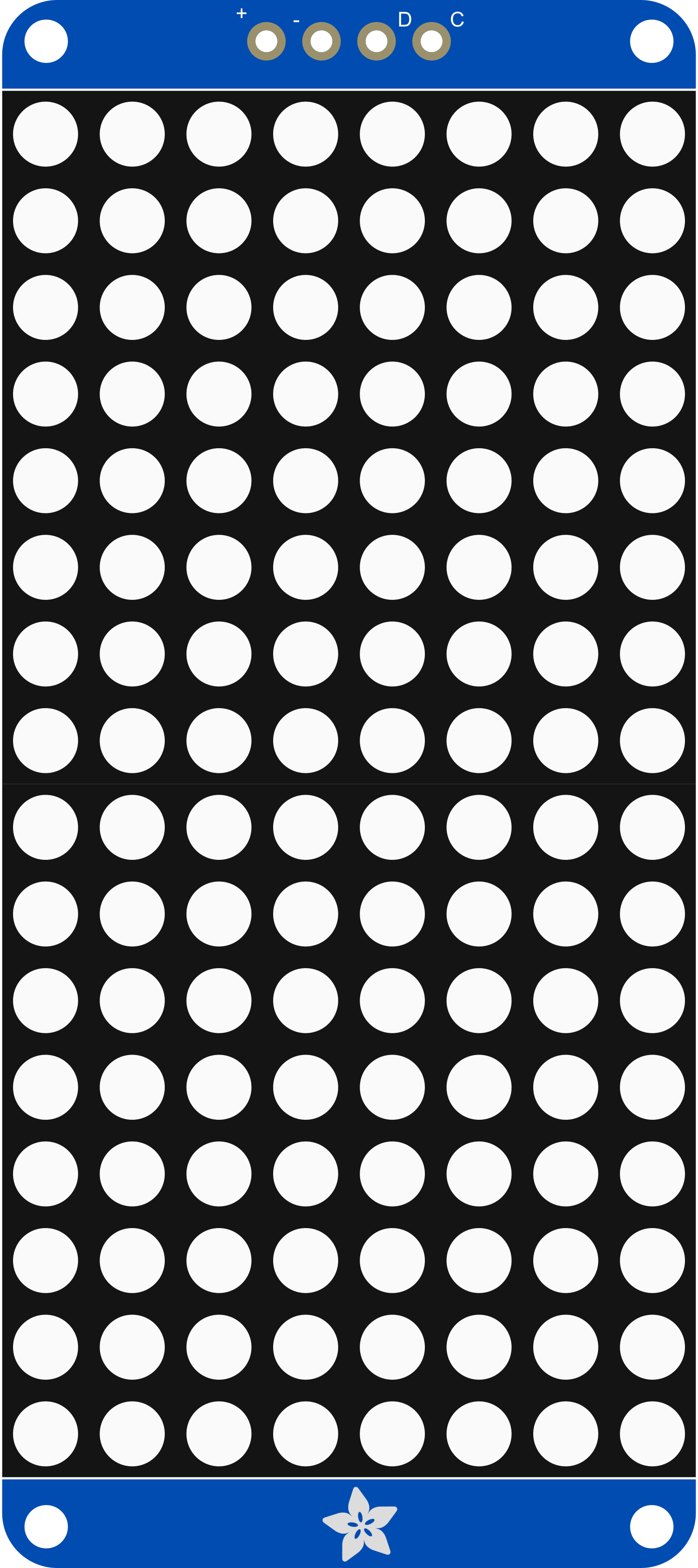
 Design with Adafruit 16x8 LED Matrix Backpack White in Cirkit Designer
Design with Adafruit 16x8 LED Matrix Backpack White in Cirkit DesignerIntroduction
The Adafruit 16x8 LED Matrix Backpack White is a versatile and compact LED matrix display module that provides a resolution of 16x8, meaning it has 16 columns and 8 rows of white LEDs. This component is ideal for displaying monochrome graphics, text, and simple animations. It is commonly used in wearables, status indicators, and small message displays. The included backpack module simplifies the connection to microcontrollers, such as the Arduino UNO, by using the I2C interface, which minimizes the number of pins required for operation.
Explore Projects Built with Adafruit 16x8 LED Matrix Backpack White
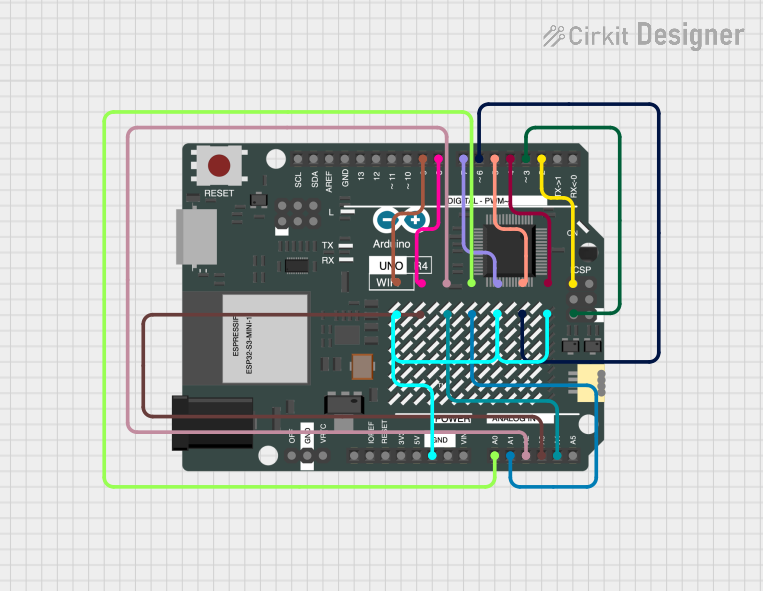
 Open Project in Cirkit Designer
Open Project in Cirkit Designer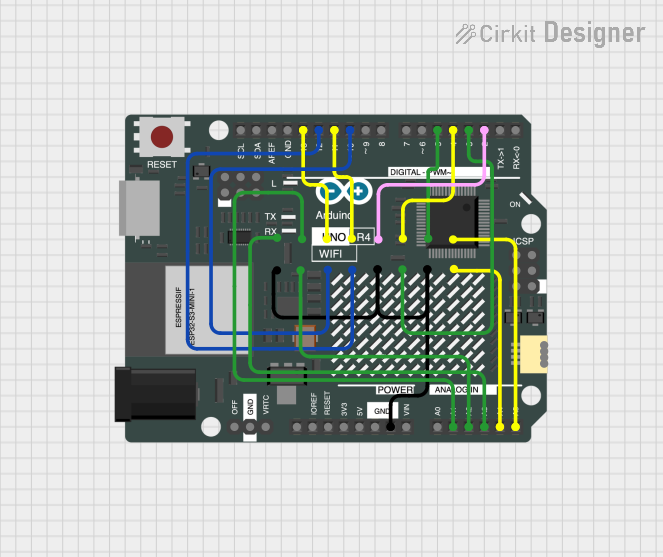
 Open Project in Cirkit Designer
Open Project in Cirkit Designer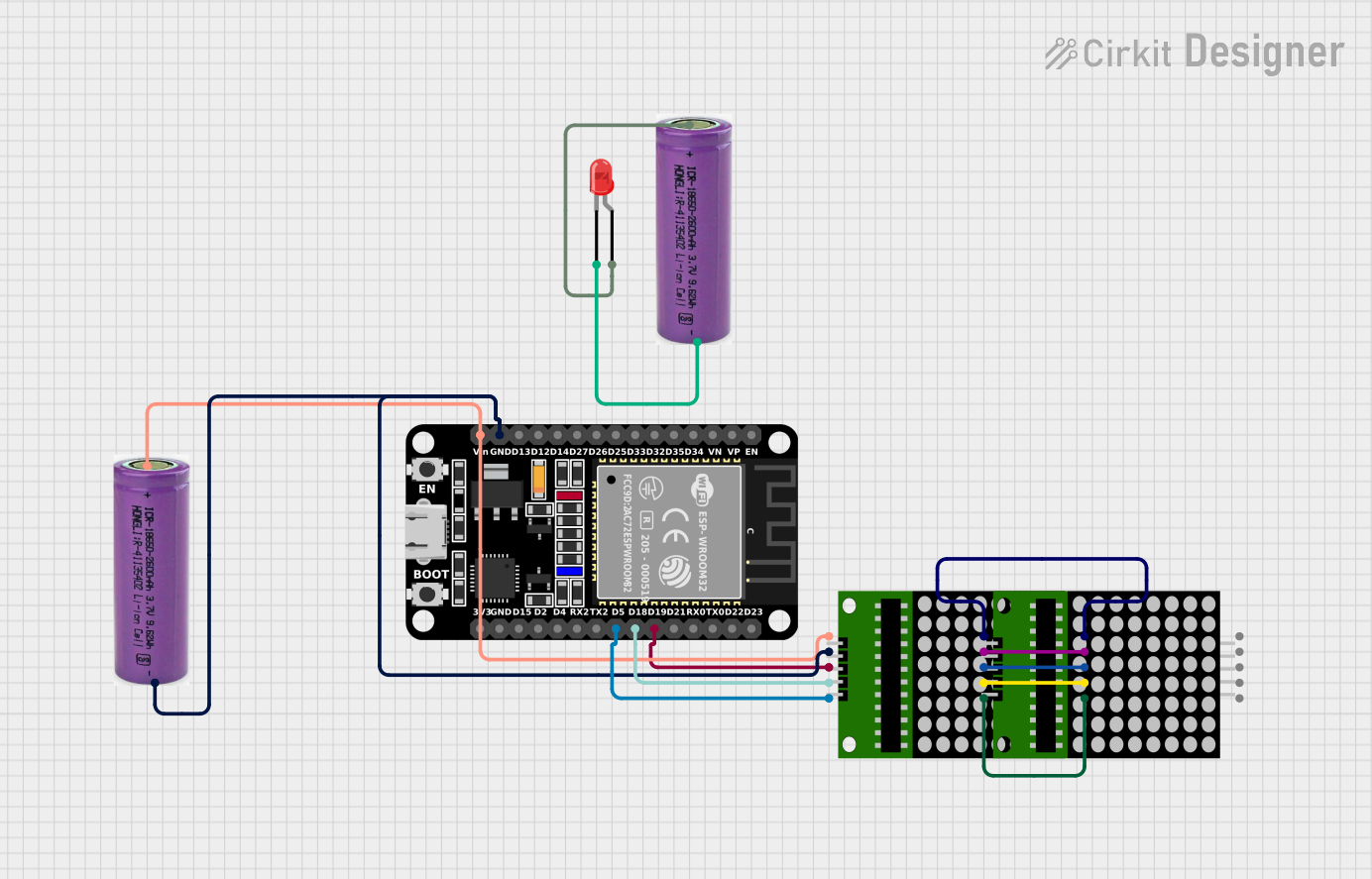
 Open Project in Cirkit Designer
Open Project in Cirkit Designer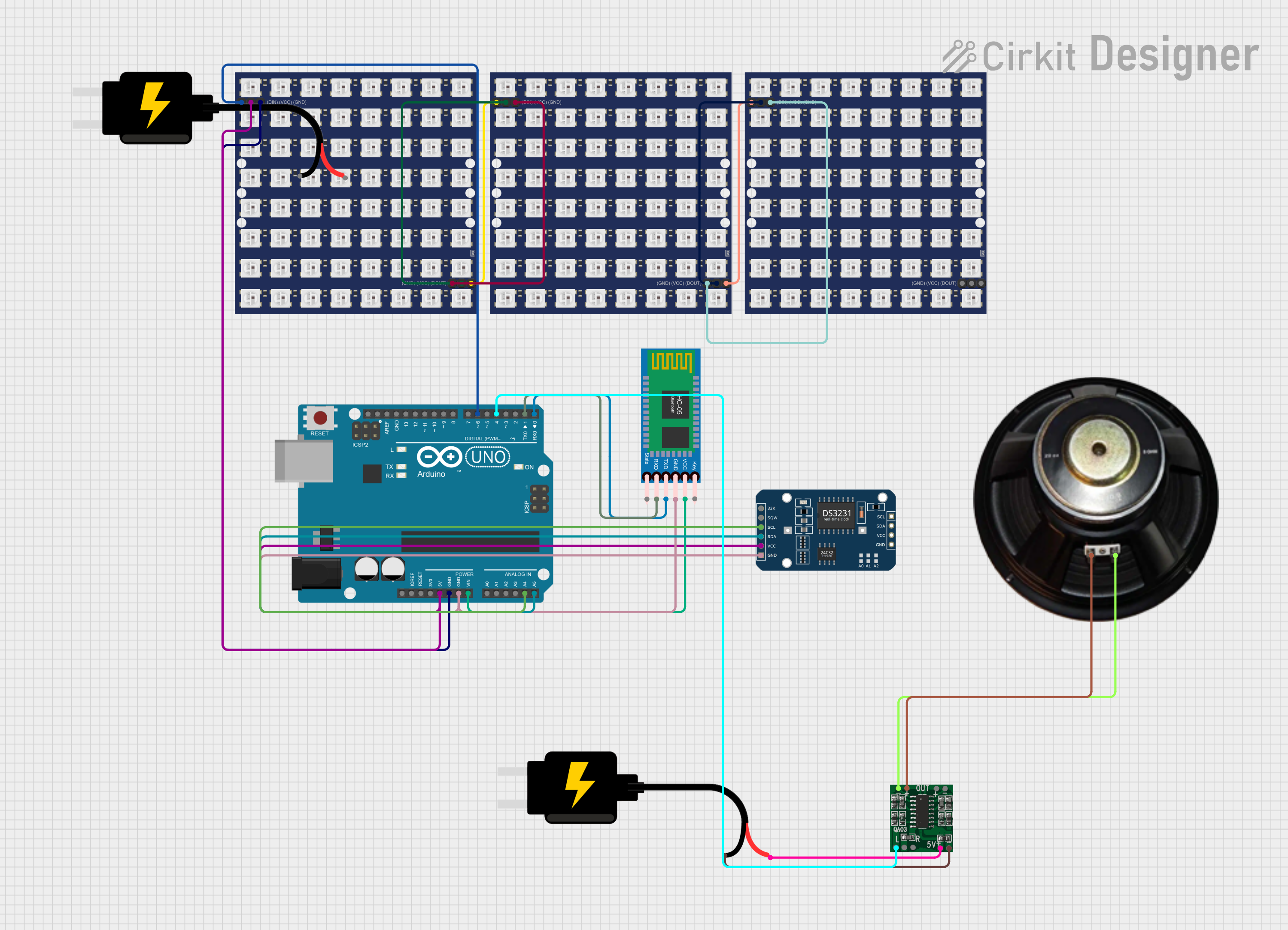
 Open Project in Cirkit Designer
Open Project in Cirkit DesignerExplore Projects Built with Adafruit 16x8 LED Matrix Backpack White

 Open Project in Cirkit Designer
Open Project in Cirkit Designer
 Open Project in Cirkit Designer
Open Project in Cirkit Designer
 Open Project in Cirkit Designer
Open Project in Cirkit Designer
 Open Project in Cirkit Designer
Open Project in Cirkit DesignerTechnical Specifications
Key Technical Details
- Resolution: 16x8 (128 LEDs)
- LED Color: White
- Communication Interface: I2C
- Operating Voltage: 5V DC
- Maximum Current: 500mA (all LEDs on)
- Dimensions: 1.2" x 2.7" (approximate)
Pin Configuration and Descriptions
| Pin | Description |
|---|---|
| GND | Ground connection |
| VCC | Power supply (5V input) |
| SDA | I2C data line |
| SCL | I2C clock line |
| ADDR | I2C address selection (connect to GND or VCC) |
Usage Instructions
Connecting to a Circuit
- Connect the GND pin to the ground of your microcontroller.
- Connect the VCC pin to a 5V supply from your microcontroller.
- Connect the SDA and SCL pins to the corresponding I2C data and clock lines on your microcontroller.
- Optionally, connect the ADDR pin to GND or VCC to set the I2C address if using multiple displays.
Important Considerations and Best Practices
- Ensure that your power supply can handle the maximum current draw if all LEDs are lit.
- Use pull-up resistors on the SDA and SCL lines if they are not built into your microcontroller.
- Avoid looking directly at the LEDs when they are powered to prevent eye strain or damage.
- When programming, take advantage of the Adafruit LED Backpack library to simplify code development.
Example Code for Arduino UNO
#include <Wire.h>
#include <Adafruit_GFX.h>
#include <Adafruit_LEDBackpack.h>
Adafruit_8x16matrix matrix = Adafruit_8x16matrix();
void setup() {
matrix.begin(0x70); // Initialize the display with its I2C address
matrix.setBrightness(10); // Set brightness to a medium level
}
void loop() {
matrix.clear(); // Clear the display buffer
matrix.setCursor(0, 0); // Set cursor at top-left corner
matrix.print("Hello"); // Print "Hello" on the display
matrix.writeDisplay(); // Update the display with the buffer content
delay(2000); // Wait for 2 seconds
}
Ensure that the Adafruit GFX and LED Backpack libraries are installed in your Arduino IDE before uploading this code to your Arduino UNO.
Troubleshooting and FAQs
Common Issues
- Display not lighting up: Check the power connections and ensure the I2C address is correct.
- Dim or flickering LEDs: Verify that the power supply is stable and can provide sufficient current.
- Garbled text or graphics: Ensure that the SDA and SCL connections are secure and that there are pull-up resistors if needed.
Solutions and Tips for Troubleshooting
- Double-check wiring, especially the I2C lines and power connections.
- Use the
i2cdetectutility or similar tools to confirm the device's I2C address. - Make sure the Adafruit libraries are up-to-date and correctly included in your Arduino sketch.
FAQs
Q: Can I daisy-chain multiple LED matrix backpacks? A: Yes, you can connect multiple backpacks in series by connecting the SDA and SCL lines together and providing separate power if needed. Remember to set unique I2C addresses for each backpack.
Q: How do I change the brightness of the display?
A: Use the setBrightness() function in your code to adjust the brightness level from 0 (off) to 15 (maximum brightness).
Q: What is the maximum number of characters that can be displayed? A: The number of characters depends on the font size. With the default 5x7 font, you can display up to two characters at a time.
For further assistance, consult the Adafruit support forums or the detailed product guide available on the Adafruit website.